Transition KS2-KS3
This section contains examples of projects and advice on securing continuity and progression across the primary-secondary divide. This is the responsibility of both primary and secondary school history teachers. Pupils need to be ready, by the end of Year 6, for history in Year 7, and courses for Year 7 need to build properly on the primary experience. This is extremely challenging because secondary school history teachers have and to take into account (currently very diverse) primary school starting points. Read more
Sort by:
Date (Newest first) | Title A-Z
Show:
All |
Articles |
Podcasts |
Multipage Articles
-

Remembering Agincourt: Bilingual Enquiry
Multipage ArticleClick to view -

Telling and suggesting in the Conwy Valley
ArticleClick to view -

The Evacuee Letter Exchange Project: using audience-centred writing to improve progression from Key Stage 2 to Key Stage 3
ArticleClick to view -
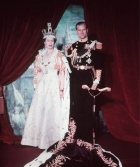
The New Elizabethans
Multipage ArticleClick to view -

Time and Place; Using a Local Historical Site with Key Stage 2 and 3
Multipage ArticleClick to view -
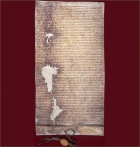
Time and chronology: conjoined twins or distant cousins?
ArticleClick to view -
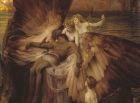
Using Folktales, Myths and Legends
ArticleClick to view -
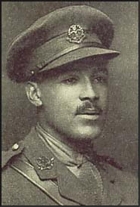
Walter Tull: Sport, War and Challenging Adversity
ArticleClick to view -
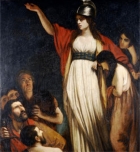
Was Boudicca Britain's first hero?
Multipage ArticleClick to view -

Working with Boudicca texts - contemporary, juvenile and scholarly
ArticleClick to view -

Year 7 explore the story of a London street
ArticleClick to view

